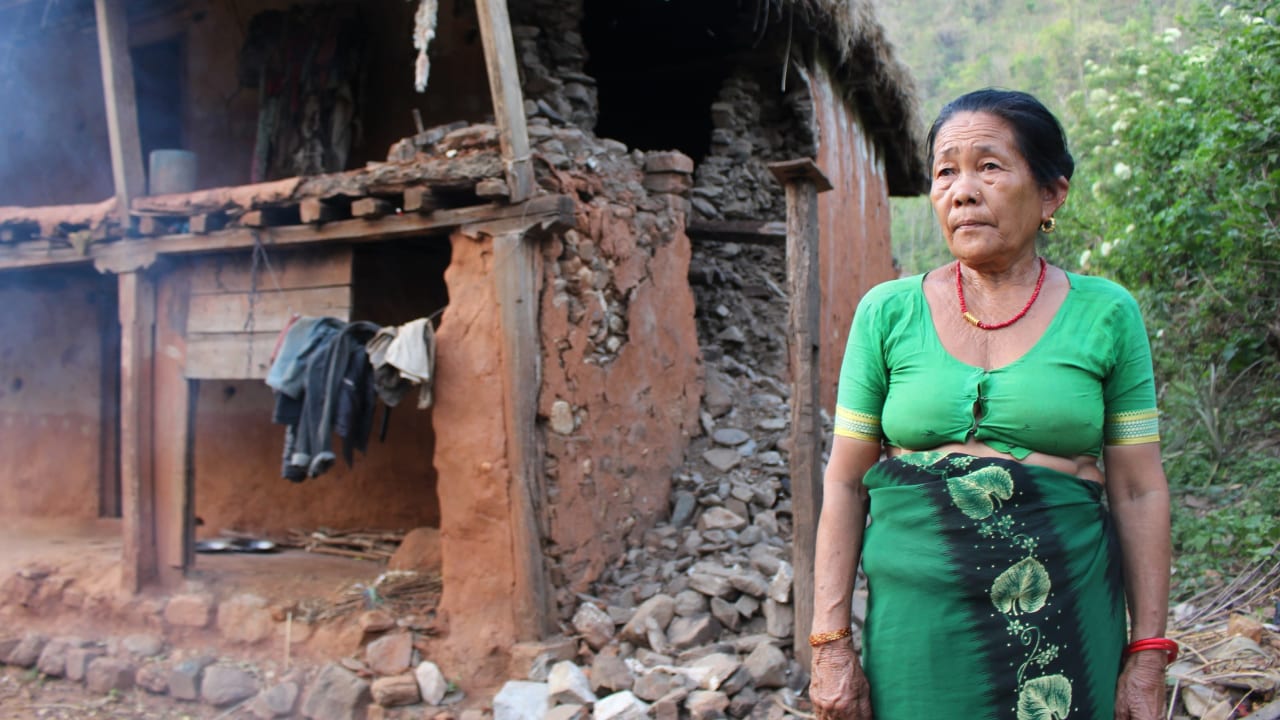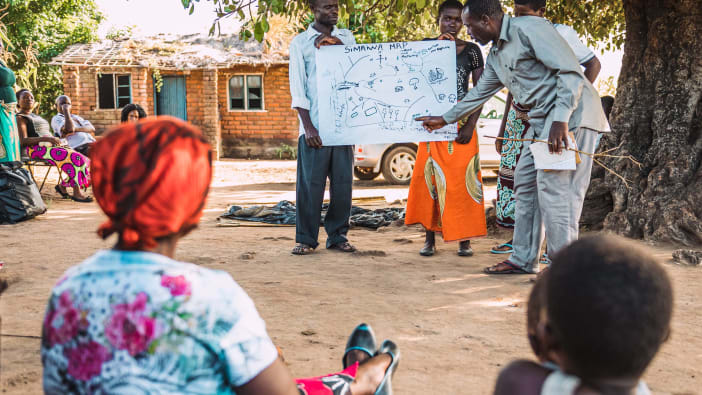These documents help humanitarian organisations to decide the best options for their emergency response, both initially and on an ongoing basis.
They can be used multiple times, at varying depths and for different areas of focus, to ensure a relevant response as emergency situations change.
The short guide and good practice guide are accompanied by three specific tools: a direct observational tool, five discussion questions and the initial rapid needs assessment tool.









